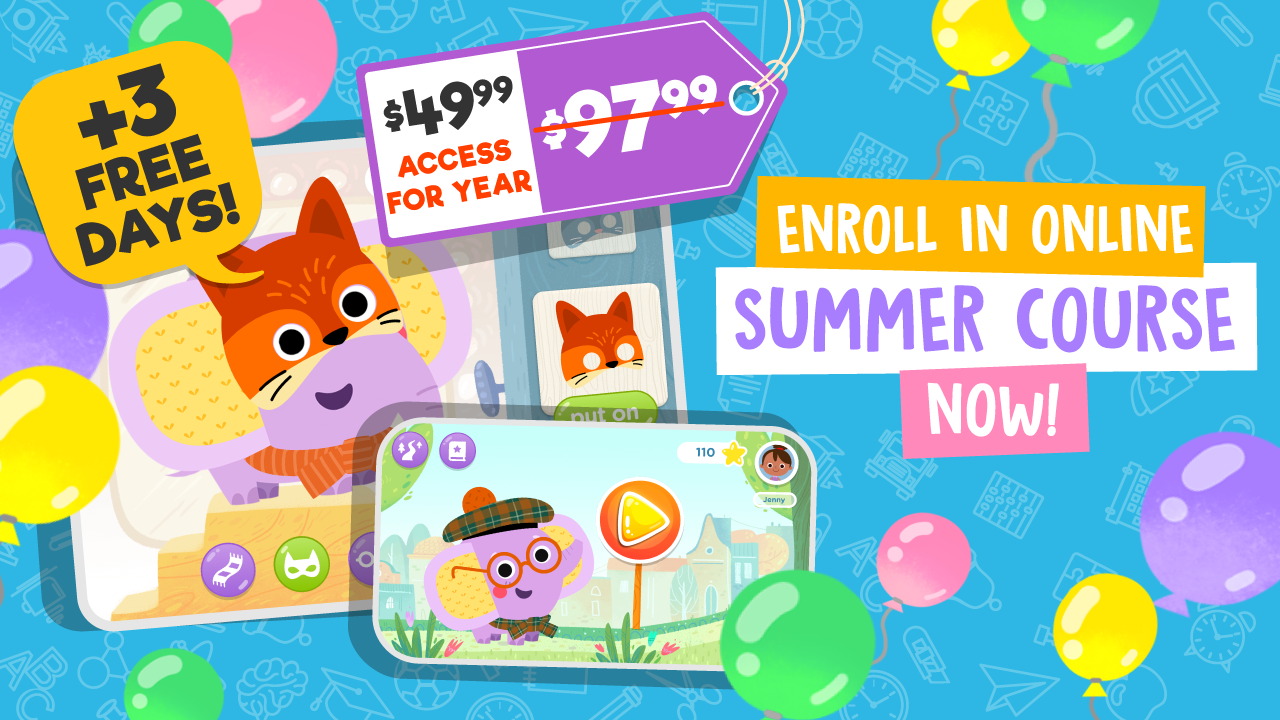Normal Animals Worksheets for 4-Year-Olds
19 filtered results
-
From - To
Discover the enchanting world of our "Normal Animals for 4-Year-Olds" worksheets, meticulously crafted to ignite the imagination and curiosity of young minds. These engaging worksheets are designed to introduce your preschoolers to the fascinating world of animals in their most familiar forms. Through a series of fun-filled activities, children will explore different animals, their habitats, sounds, and much more. Perfect for nurturing a love of nature and learning, our worksheets encourage critical thinking, improve fine motor skills, and enhance vocabulary. Dive into a world of discovery with "Normal Animals for 4-Year-Olds" and watch your little ones' knowledge and enthusiasm grow!


Herbivores Worksheet
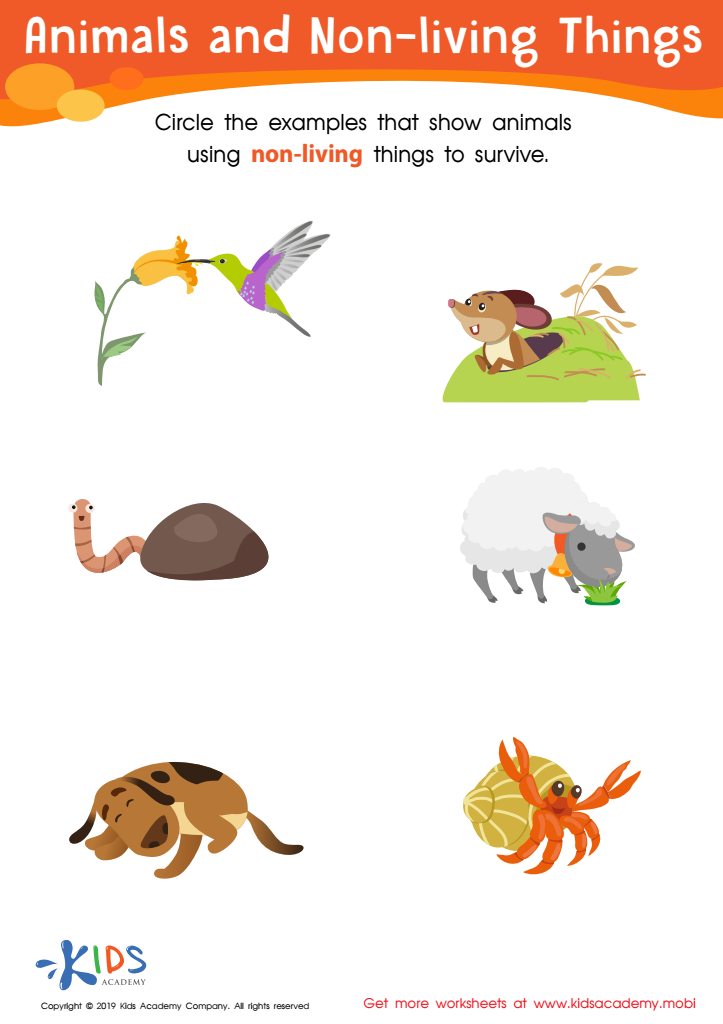

Animals and Non-Living Things Worksheet


Animal Homes Worksheet


Arctic World Worksheet


Fur or Feathers? Worksheet


Migrate or Hibernate? Worksheet


Great Migrations Worksheet
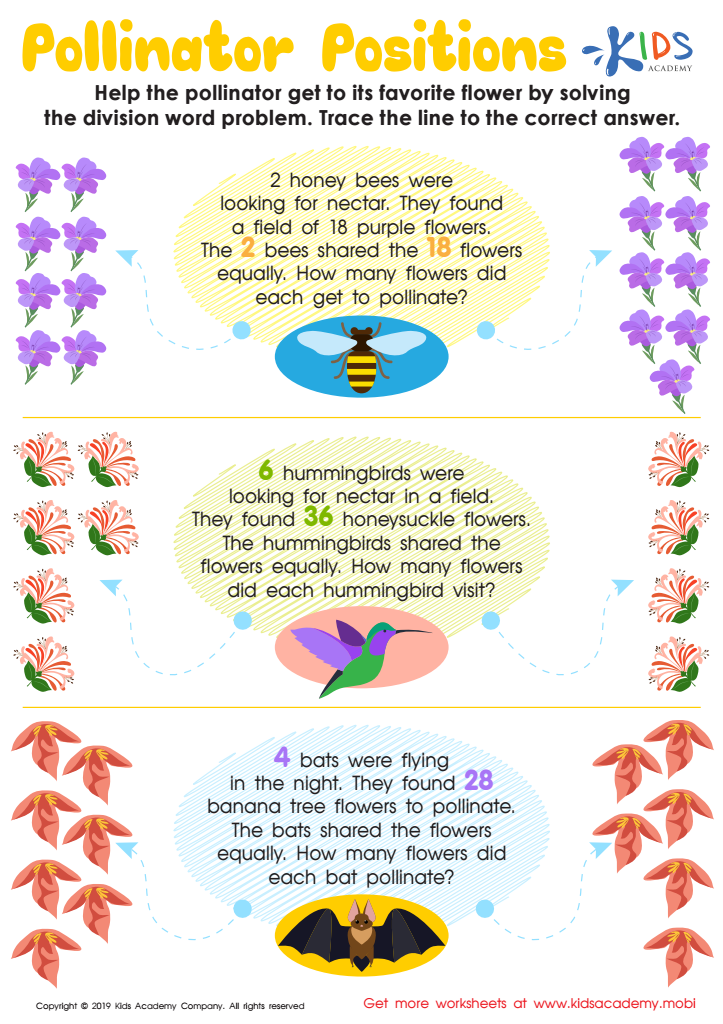

Pollinator Positions Worksheet
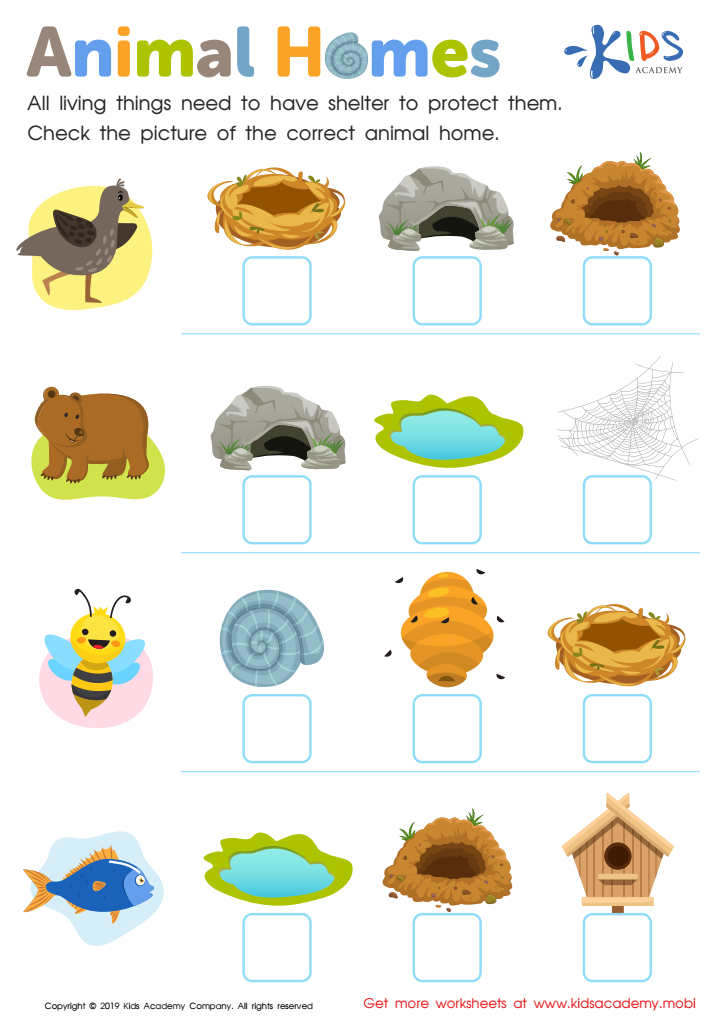

Animal Homes Worksheet
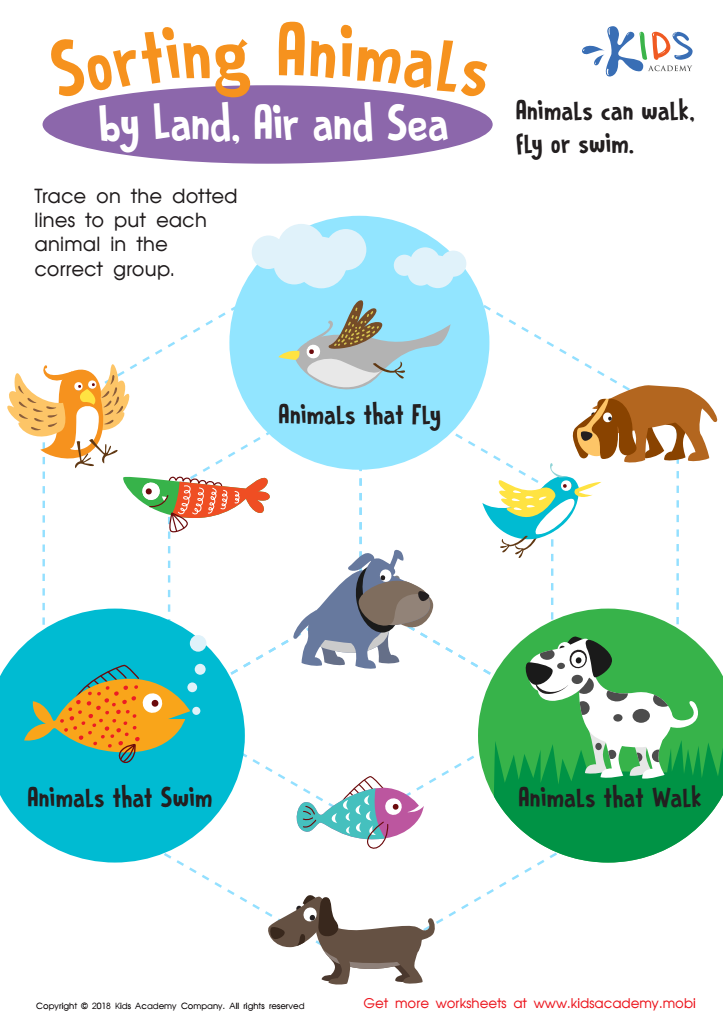

Sorting Animals by Land, Air and Sea Worksheet


Sorting Animals Worksheet


African Wildlife: Giraffe Worksheet


Mammals and Reptiles Worksheet


Life Cycle of Butterfly Printable


Identifying Living or Non–living Worksheet




Arctic Animals Worksheet


Where Animals Live Worksheet
Normal worksheets on Animals for 4-Year-Olds are incredibly beneficial tools for early childhood education. These worksheets are specifically designed to cater to the developmental needs and the curiosity levels of young minds. Engaging with animals, even in a worksheet format, taps into the natural interest that most children have in the animal kingdom, making learning both fun and impactful.
First, these worksheets help in enhancing vocabulary. As 4-year-olds are at a crucial stage of language development, being introduced to the names and characteristics of various animals expands their vocabulary significantly. It lays a foundation for effective communication skills, which are essential for future academic and social success.
Furthermore, Normal Animals worksheets for 4-Year-Olds aid in developing cognitive skills. They challenge young learners to recognize patterns, differentiate between animals, and understand basic concepts of the natural world. These critical thinking skills are vital for problem-solving and logical reasoning in later stages of education.
Moreover, these worksheets foster an early appreciation for science and the environment. By learning about animals, children begin to understand the importance of biodiversity and conservation, promoting a sense of responsibility towards nature.
Lastly, completing these worksheets can boost confidence and independence. As children successfully identify and learn about different animals, their sense of achievement encourages them to take on new learning challenges.
In summary, Normal Animals worksheets for 4-Year-Olds are not just educational tools; they are stepping stones towards building a well-rounded, knowledgeable, and environmentally conscious individual.

 Assign to My Students
Assign to My Students












